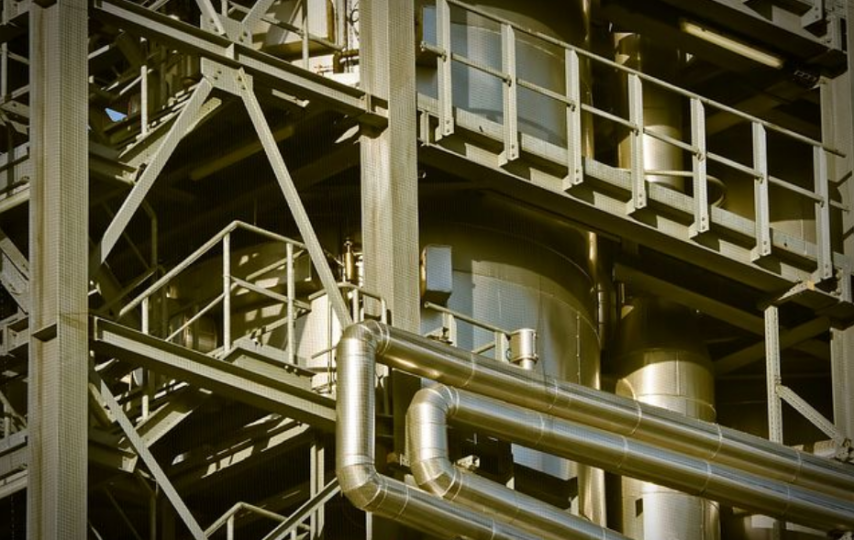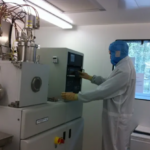Catalysts play a crucial role in many industries, helping to reduce production costs and keep prices low. But what may surprise you is just how many industries rely on catalysts to maintain competitiveness and relevance in today’s market. From the automotive industry to food manufacturing, catalysts are an essential part of the process. In this blog post, we will discuss the surprising industries that rely on catalysts and the role of catalyst prices in each.
What is a Catalyst?
Let’s start by explaining exactly what a catalyst is and why it is important. A catalyst is any substance that can speed up or slow down a chemical reaction without being consumed in the process. Catalysts are an essential part of the industrial world and are used to make chemical processes more efficient. This helps reduce costs and lower the final sale price of various products.
Catalysts can be found in a wide range of industries, from petrochemical refining to pharmaceuticals and even detergents. Catalysts allow reactions to occur faster or at lower temperatures than would normally be possible, while also reducing waste, conserving energy, and preserving resources. As a result, catalysts are an integral part of producing goods in a way that is both cost-effective and environmentally friendly.
How do Catalysts Work?
Catalysts are substances used to facilitate chemical reactions by speeding them up, making them more efficient, or triggering them to happen in the first place. Catalysts can increase reaction rates, reduce the energy required for a reaction, and allow reactions to occur at lower temperatures. This can lead to reduced production costs and ultimately lower prices for consumers.
Catalysts are made up of molecules that have a reactive site, which interacts with other molecules. When this interaction occurs, the catalyst helps break down their bonds and recombines the molecules in different ways. The catalyst remains the same throughout the entire process, allowing it to be reused over and over again.
The use of catalysts can help reduce the amount of energy needed for chemical reactions, as well as the cost of production. By speeding up chemical reactions and using less energy, manufacturers can save money on production costs, leading to lower prices for consumers. In addition, catalysts can also reduce emissions, helping improve air quality and environmental health. This is especially important for companies invested in eco-friendly practices.
What are the Different Types of Catalysts?
Catalysts are incredibly versatile tools that are used in a wide range of industries and for a variety of purposes. There are four main types of catalysts, including homogeneous, heterogeneous, biocatalysts, and solid catalysts.
Homogeneous Catalysts: Homogeneous catalysts are the most common type and are usually composed of molecules that dissolve in the reaction medium. They’re often used in organic synthesis reactions.
Heterogeneous Catalysts: Heterogeneous catalysts are composed of molecules that don’t dissolve in the reaction medium, such as metals, metal oxides, and carbon-based materials. These are commonly used for reactions involving fuels and petrochemicals.
Biocatalysts: Biocatalysts are enzymes that catalyze biochemical reactions. They are highly efficient and are often used to synthesize pharmaceuticals, fine chemicals, and food products.
Solid Catalysts: Solid catalysts are insoluble and non-volatile solids that can be applied to the surface of the substrate material. They are commonly used for gas-phase reactions and offer a more cost-effective option than homogenous catalysts.
Catalyst prices are often determined by the type. For example, heterogeneous catalysts tend to be more expensive than homogenous catalysts due to their specialized nature, while biocatalysts can also be more costly due to their delicate nature. Solid catalysts are usually the most affordable option due to their relatively simple structure and processing requirements.
What are Some Examples of Products that Use Catalysts?
Catalysts are used in a variety of industries to keep prices low, ranging from automobiles and electronics to petrochemicals and pharmaceuticals. Here are some examples of products that use catalysts.
Automobiles: In the automotive industry, catalysts are used to reduce the emission of harmful pollutants from cars. Catalytic converters are the most common type of catalyst found in cars and are used to reduce the number of hydrocarbons, carbon monoxide, and nitrogen oxides released into the atmosphere.
Electronics: Many electronic products require the use of catalysts in order to function properly. For example, lithium-ion batteries contain a material called cathode, which is made up of metal oxides. These metal oxides act as catalysts and ensure these batteries can store energy efficiently and for long periods of time.
Petrochemicals: Catalysts are also used in the petrochemical industry to facilitate and streamline oil refining and other chemical processes. For instance, catalysts can be used to increase the production rate of gasoline or diesel fuel while at the same time reducing the costs associated with refining these fuels.
Pharmaceuticals: In the pharmaceutical industry, catalysts are used to help produce drugs in an efficient and cost-effective manner. Catalysts are used in the synthesis process for various drugs, such as antibiotics and anti-cancer drugs. Catalysts allow drug manufacturers to produce a wide range of medications in a more cost-effective manner, passing these savings on to consumers in need.
Catalysts Help Cut Costs Across Various Industries
Catalysts are an invaluable part of the production process for many industries, providing a way to reduce costs while also reducing their environmental impact. By speeding up the process, they enable companies to produce high-quality products at a lower price, which benefits both the producer and the consumer. Catalysts also help protect the environment by minimizing energy consumption and reducing the amount of toxic waste created during the production process. Affordable catalyst prices help manufacturers and production companies keep overhead costs even lower, increasing savings for everyone!








